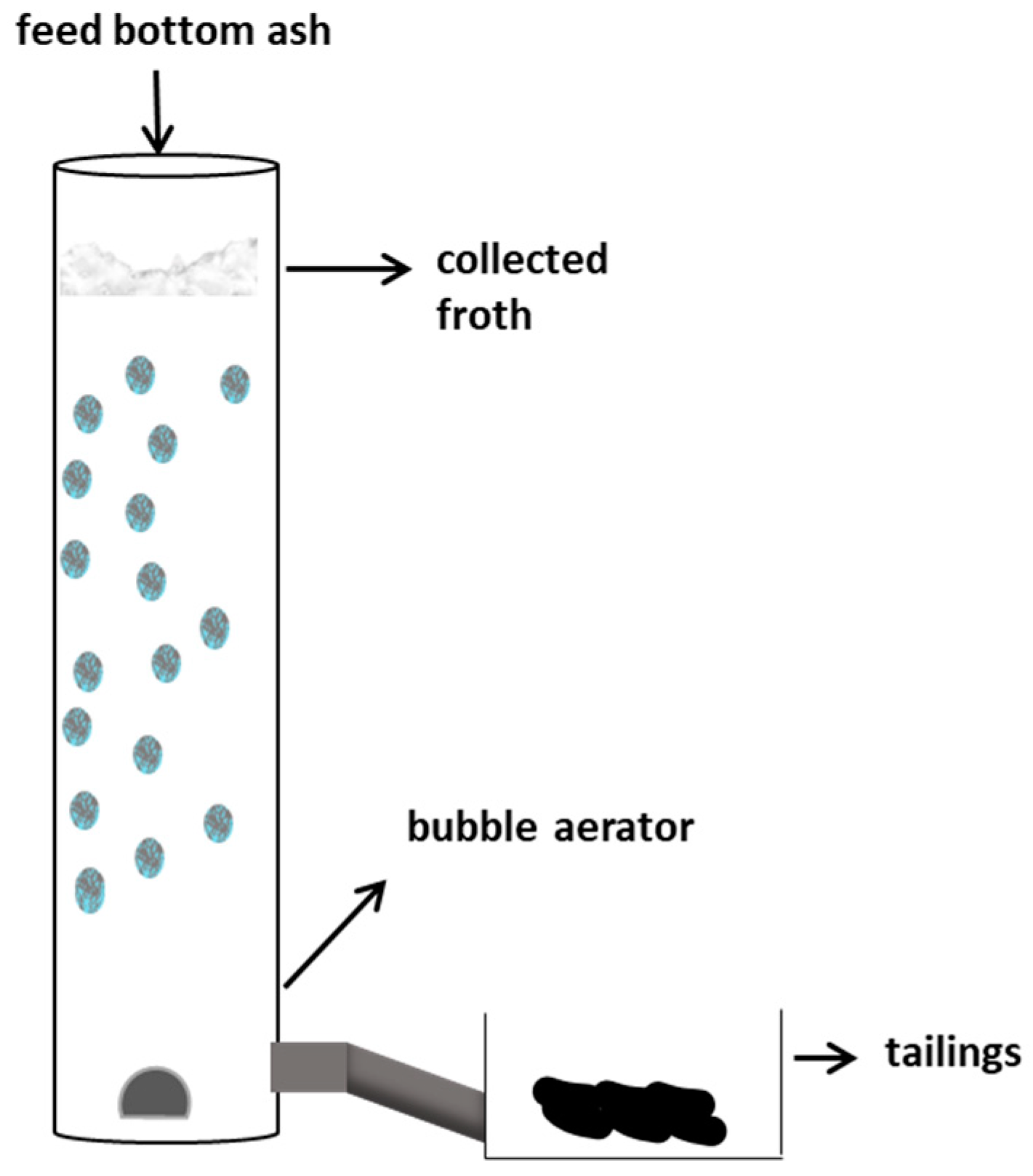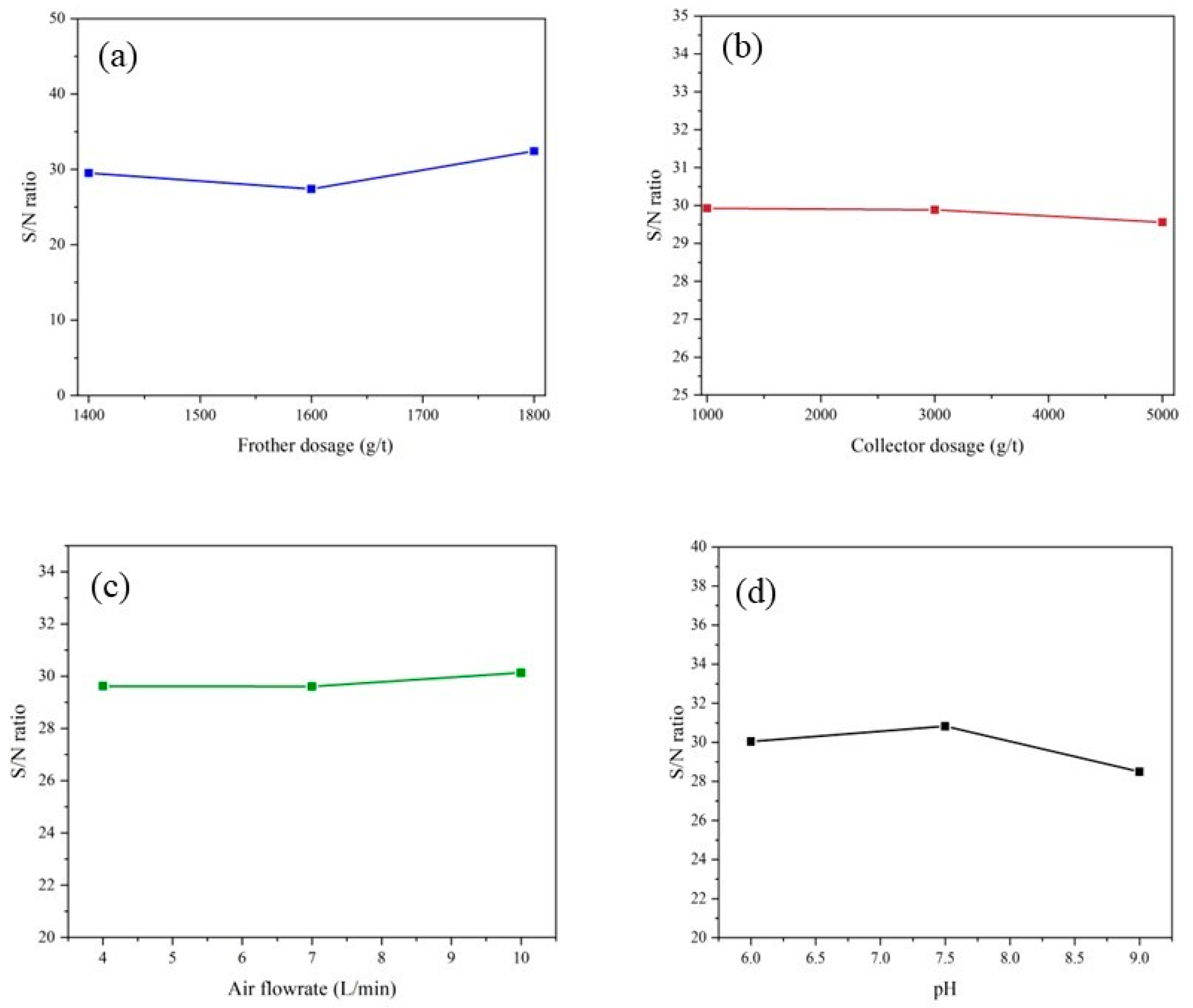1. Introduction
As reported by the International Energy Agency and World Coal Association, coal is the world’s single largest source of fuel for electricity production [
1]. For many countries coal provides affordable and reliable energy. Coal has been found to be an important source of fuel in Malaysia, where it is widely used in the production of electricity, steel, and cement manufacturing [
2]. The efficiency of coal combustion varies depending on the technology used in power plants. The thermal efficiency of a coal power plant can reach 45.5% [
3].
The coal-fired power plants currently operating in Peninsular Malaysia include the Manjung power plant (2100 MW capacity) in Perak, the Tanjung Bin power plant (2100 MW capacity) in Johor, the Sultan Salahuddin Abdul Aziz power plant (2420 MW capacity) in Selangor, and the Jimah power plant (1400 MW capacity) in Negeri Sembilan [
4]. Collectively, these plants supply for approximately 40% of Malaysia’s coal-based electricity generation [
5].
Coal ash is the residue from burning coal in power plants; it consists of bottom ash and fly ash. Depending on the product in Malaysia, fly ash is used to produce cement [
5]. But bottom ash is generally stored in ponds at the plant, and disposal of it is an ongoing crucial issue to plant operators, which ultimately become a source of pollution [
1,
3]. Studies on bottom ash are rather limited. But, in the context of circular economy, it has become a necessity rather than a desire to reuse the bottom ash. The unburned carbon in the bottom ash could be recovered [
6], and the residue (called tailing ash) could be potentially used as construction materials [
7].
Bottom ash appears as porous, shiny, and dark gray particles. It is light, fragile, and highly similar to cement clinker [
8]. At the end of combustion, bottom ash, which accumulates in the basement of the combustion chamber, will be directed to a hopper that is initially filled with water. It is then eliminated by high-pressure water jets to decant [
9]. Bottom ash is of limited use now due to its high carbon content as compared to fly ash [
10]. In order to remove unburned carbon from the bottom ash, a few techniques could be used, such as gravitational separation, electrostatic separation, or froth flotation [
11].
Froth flotation has been shown to be an effective method for the recovering of unburned carbon [
11]. Uçurum et al. employed a full two-level factorial design to assess the main and interaction effects of variables in the recovery of unburned carbon [
12].
The aim of this study is to find the optimum condition for the flotation of bottom ash on recovery of the unburned carbon to improve its application as a constituent in concrete production by reducing the LOI to less than 6% in accordance with ASTM C618. The bottom ash was generated by a power plant in Malaysia. To achieve this, the Taguchi method was applied to identify the optimal operating conditions for the flotation process in recovering unburned carbon and to determine the most influential parameters through analysis of variance (ANOVA). The Taguchi method offers advantages over other optimization techniques by simultaneously optimizing multiple factors that influence performance characteristics. It provides deeper insights with fewer trials, making it a cost-effective strategy [
13].
3. Results and Discussion
The Taguchi orthogonal array, illustrated in
Table 4, was created using Design Expert, a statistical design software package. The optimization results of bottom ash by flotation using Taguchi are shown in
Table 5. In this work, the experimental outcomes were recovery (R), combustible recovery (CR), and carbon content in concentrate (CC), which are 49.84%, 97.46% and 69.65%, respectively.
ANOVA for (a) recovery, (b) combustible recovery, and (c) carbon content of concentrate with the percentage of contribution of each factor and their interactions are presented in
Table 6. The finding revealed that the frother dosage had the maximum impact on recovery. The highest variance and contribution percentage was at 80.55%, followed by pH (17.70%), air flow rate (1.14%), and collector dosage (0.52%). For combustible recovery, air flow rate was the most influential parameter contributing 73.33%, followed by frother dosage (20.67%), collector dosage (5.18%), and pH (0.812%). For carbon content in the concentrate, air flow rate was the most significant factor, contributing 41.05%. The next most important factors were frother dosage (40.60%), pH (17.18%), and collector dosage (1.17%), respectively.
The S/N ratio graph in decibel (dB) for response parameters is shown in
Figure 2 for recovery,
Figure 3 for combustible recovery, and
Figure 4 for the carbon content of concentrate for the effects of (a) frother dosage (g/t), (b) collector dosage (g/t), (c) air flow rate (L/min), and (d) pH. The purpose of this work is to maximize the response (quality of flotation) with the highest S/N ratio. The higher S/N ratio indicates better quality characteristics [
21]. It is reported that the parameter is more significant when the noise factor is low [
22].
Table 7 shows the comparison of actual experimental data with predicted values. Based on the results, the experimental values were quite close and comparable to the predicted values. Thus, these results revealed that the Taguchi methodology could be applied effectively for optimizing the recovery of unburned carbon by flotation process.
4. Conclusions
This study employed the Taguchi orthogonal experimental design to optimize the froth flotation process for bottom ash treatment, aiming to maximize both carbon recovery and carbon content. The effects of key process parameters—frother dosage, collector dosage, pH, and air flow rate—were systematically investigated. Signal-to-noise (S/N) ratio plots identified the optimal parameter combination: a frother dosage of 1800 g/t, a collector dosage of 1000 g/t, an air flow rate of 10 L/min, and pH 7.5. Additionally, ANOVA analysis provided valuable insights into the most influential parameters. The results revealed that frother dosage had the greatest impact on flotation recovery (80.55%), while air flow rate was the most critical factor for combustible recovery (73.34%) and carbon content in the concentrate (41.05%).
These findings highlight the key governing factors in the flotation process and demonstrate the effectiveness of the Taguchi method in optimizing bottom ash treatment. This approach also enhances waste management and byproduct utilization by enabling secondary applications for recovered carbon, such as fuel reuse or activated carbon production. Furthermore, the low-LOI bottom ash can be repurposed in construction materials, reducing landfill disposal and promoting sustainability.











